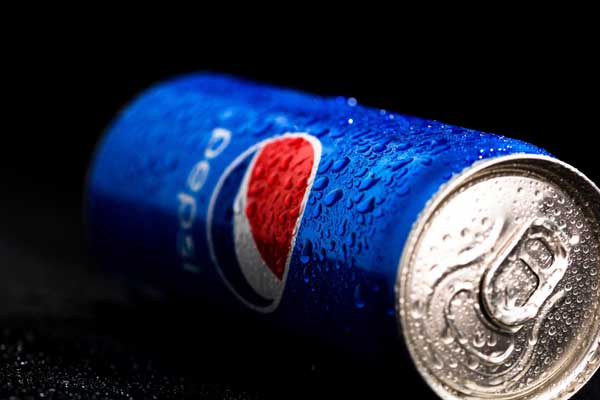Pepsi, the iconic cola giant, has a storied history filled with intriguing tales of rivalry, mergers, marketing wins, and blunders. This article delves into Pepsi’s remarkable journey, revealing its role in the infamous Cola Wars, mergers that shaped its destiny, and notable marketing failures. Let’s explore how Pepsi navigated the tides of the beverage industry over the decades.

The Cola Wars and Pepsi
In 1975, Pepsi launched “The Pepsi Challenge,” a bold experiment that rocked the beverage industry. They conducted blind taste tests where participants preferred Pepsi over Coca-Cola. The Cola Wars had escalated to a whole new level, with both giants fiercely competing for the top spot.
This challenge, rooted in customer preference, sent shockwaves across the industry. It was a defining moment in the ongoing rivalry between Pepsi and Coca-Cola. The blind taste tests suggested that, under unbiased conditions, people leaned slightly toward Pepsi. The claim of a sweeter taste challenged Coca-Cola’s dominance, leading to a watershed moment in marketing. For the first time, Coca-Cola’s reign appeared vulnerable.
The marketing campaigns that followed were massive, with Pepsi declaring, “The choice of a new generation.” However, despite these efforts, Coca-Cola’s brand loyalty remained a formidable force. In 1985, Coca-Cola introduced “New Coke” in response to the Pepsi Challenge results. Although New Coke outperformed Pepsi in taste tests, customers revolted, and Coca-Cola was forced to reintroduce “Coca-Cola Classic.” This strategic retreat reinforced brand loyalty, leaving Pepsi in second place, but not without a fight.
PepsiCo’s Mergers and Acquisitions
In 1965, Pepsi charted a new course. To expand its market presence and offerings, the company merged with snack giant Frito-Lay, forming PepsiCo. With combined sales of over $500 million, they quickly reached the billion-dollar mark within five years.
This merger was a masterstroke. It united two thriving companies, creating a conglomerate that could compete on a global scale. The move exemplified how businesses evolve, with successful companies merging to become even more influential. Today, PepsiCo boasts an impressive portfolio of brands, including Lays, Gatorade, Cheetos, and more, becoming a household name in the food and beverage industry.
Marketing Failures in Pepsi’s History
Despite their successes, Pepsi has encountered significant marketing missteps. In 1992, they launched the “Number Fever” contest in the Philippines. It featured bottle caps with winning numbers, including a grand prize of 1 million pesos. However, a computer glitch led to an unintended catastrophe. Instead of two winners, hundreds of thousands believed they had won. Rioting ensued when Pepsi attempted to rectify the error, resulting in injuries and even fatalities.
Another mishap occurred in 1996 with a points-based promotion. A customer, John Leonard, noticed he could acquire a Harrier Jet for a fraction of its cost by purchasing 7 million Pepsi points for $700,000. Pepsi claimed it was a joke and never delivered the jet. Legal disputes followed, culminating in Pepsi changing its advertisement and increasing the points required to claim the jet to 700 million.
These incidents were significant setbacks for Pepsi, tarnishing its image and causing controversy.
Conclusion
Pepsi’s history is marked by dynamic marketing strategies, mergers that transformed the industry, and unfortunate missteps. While it successfully competed in the Cola Wars, it struggled to maintain the same level of brand loyalty as its arch-nemesis, Coca-Cola. The mergers, particularly with Frito-Lay, bolstered Pepsi’s presence in the food and beverage industry. Nevertheless, it’s essential to remember that even giants like Pepsi can falter in the complex world of marketing.
Pepsi’s journey through the decades is a lesson in the ever-changing dynamics of the business world. It’s a story of resilience, adaptability, and the occasional stumble on the path to success.
